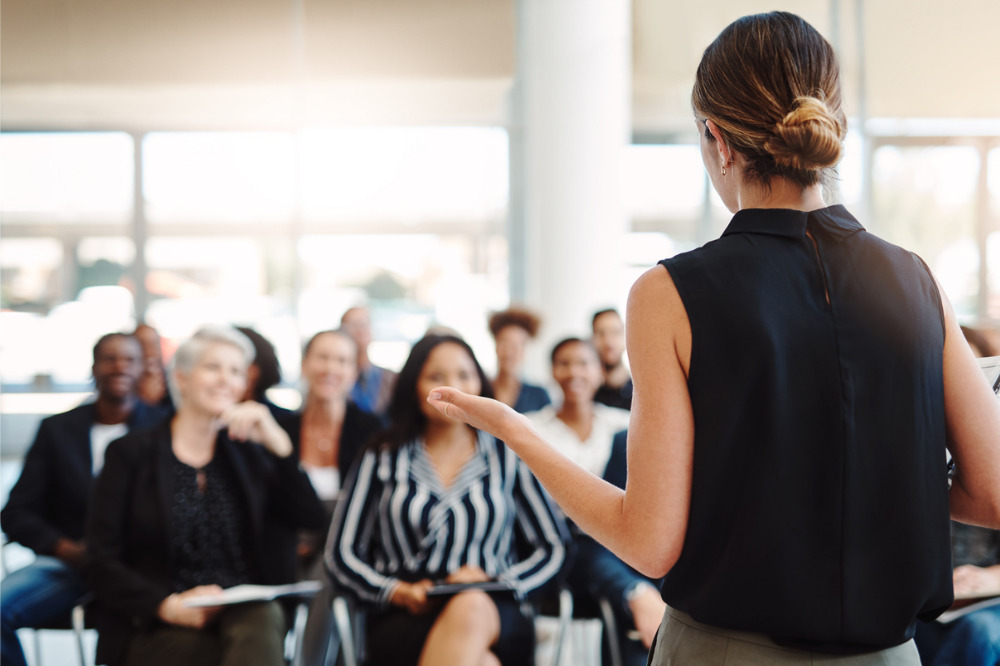
A new chapter in Australian politics began with our recent federal election, a chapter that a record number of independent female MPs will get to write.
Much has been said about this exciting “teal wave” of forthright, trailblazing, smart women. Five out of the eight female independents who will take their place on the crossbench of this parliament – Dr Monique Ryan, Dr Sophie Scamps, Dai Le, Allegra Spender and Zali Steggall – are graduates of girls’ schools.
This would be no surprise to anyone familiar with the benefits of single-sex education for girls, but for those who aren’t, it’s important to put this figure into perspective — girls’ schools make up just 2 per cent of schools in Australia.
Clearly, there is something inherent to the girls’ school environment that better prepares women for high-level leadership.
So, what is it about a girls’ school education that ignites in young women the determination, inspiration and motivation to lead? What gives them the courage and grit to be change-makers in a world that continues to squeeze women onto the edges of the centre stage positions that men carve for themselves?
In girls’ schools, students are intentionally equipped with the knowledge and skills required to overcome social and cultural gender biases, and in doing so, actively break the stereotypical norms that define women in society. This is achieved through an education that rewires the implicit biases that so often limit women.
Women are expected to walk a tightrope between exhibiting the characteristics society expects of women and being seen to have the “strength” to lead. They are in a double bind. The obsession with former Prime Minister Julia Gillard’s empty fruit bowl in her kitchen illustrated this perfectly.
To resist this concentrated pressure, girls must be encouraged to take a leap of faith. They must leap from the tightrope and defy gendered pressure. To do this, they need the confidence to lead and be disruptors.
A study by the University of Queensland found that confidence levels for girls in single-sex schools matches that of boys, while girls in the general population consistently demonstrate lower confidence levels than boys.
In other words, the study found that a girls’ school provides the environment for girls to develop and maintain innate confidence and healthy self-belief. And it is confidence, or a lack of confidence, that is frequently attributed to the under-representation of women in senior leadership roles.Let’s be clear — girls aren’t innately less confident or assertive than boys, they aren’t less capable in maths and sciences and they certainly don’t have more body image or mental health issues than boys as infants. It is our patriarchal society that stereotypes women diminishing their self-belief and self-efficacy, quashing their voice and ultimately, their power.
A girls’ school turns the tables on gender stereotypes, and this can be life-changing for a girl.
Girls’ schools provide significant leadership opportunities — 100 per cent of the leadership positions (not just 50 per cent) are held by girls. The power of mentoring and role modelling provided by past students, and the predominantly female leadership of girls’ schools, provides girls with leadership development opportunities beyond those available in co-ed schools. With no requirement to cater to boys, girls’ schools balance the inequality in broader society through purposeful, targeted education.
Data from a US study shows that girls’ school graduates are more likely than co-ed school counterparts to be involved in political activities, demonstrate social and political agency, and be supportive of societal improvements. They are more likely to be change-makers. Research shows unequivocally that girls thrive in an all-girls environment; they do better academically, socially, and emotionally. Regardless of socio-economic factors, data — not just from a single study but from a plethora of unique studies from all over the world — indicates that girls simply do better in girls’ schools.
Girls in co-ed schools tend to be more self-conscious and less confident; they are less likely to speak up in class, ask questions or take on a leadership role. They are also more likely to have a negative body image and considerably more likely to experience sexual harassment or bullying. In contrast, girls in girls-only environments participate more freely in discussions, are more competitive and take more healthy risks with their learning — skills that are advantageous for life success.
Girls’ schools are at the forefront of gender equality, deliberately challenging gendered norms and purposefully building girls’ confidence, conviction and self-belief, making sure that girls have the skills and knowledge to speak out and to break down barriers.
These are skills our new female MPs will certainly need as they step into the male-dominated Parliament House, famed for its sexism and misogyny. May their voices add power to changing that culture and progressing the ongoing fight for a more equal society.
Loren Bridge is the Executive Officer of the Alliance of Girls’ Schools Australasia.


